Coconut
galveston1602
17 years ago
Related Stories

GREEN DECORATINGGo Cuckoo for Coconut Furniture and Surfaces
Crack open a lesser-known ecofriendly design option: tiles, flooring, tables and more made from coconut shell and palm wood
Full Story
FURNITUREModern Icons: The George Nelson Coconut Chair
A hard shell provides surprising comfort in this famous modern chair design
Full Story
HOUZZ TOURSMy Houzz: French Colonial Mansion in India
A businessman's gracious, expansive beach house welcomes a host of international visitors
Full Story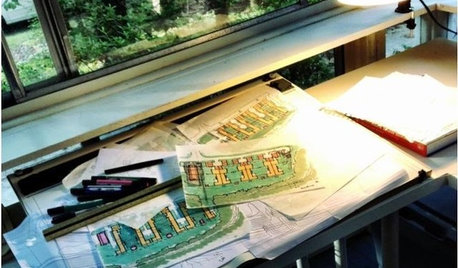
HOME OFFICESArchitects, Show Us: What's on Your Desk Right Now?
We'd love a peek at where your design ideas are brewing today
Full Story
FURNITUREModern Icon: George Nelson's Marshmallow Sofa
In sweet colors or purest white, this playful, floating seating may just define 'eye candy'
Full Story
DECORATING GUIDESSo Your Style Is: Tropical
Easygoing and natural with an exotic allure, rooms designed with a tropical feel exude warmth and graciousness
Full Story
SHOP HOUZZShop Houzz: A Latin Christmas Fiesta
Say ‘Feliz Navidad’ with colorful decorations, party pieces and gifts
Full Story
GARDENING AND LANDSCAPINGHow to Make a Pond
You can make an outdoor fish paradise of your own, for less than you might think. But you'll need this expert design wisdom
Full Story
FIREPLACESRumford Fireplaces Are Hotter Than Ever
Higher efficiency and good looks are leading homeowners back to this 18th-century fireplace design
Full StorySponsored
More Discussions







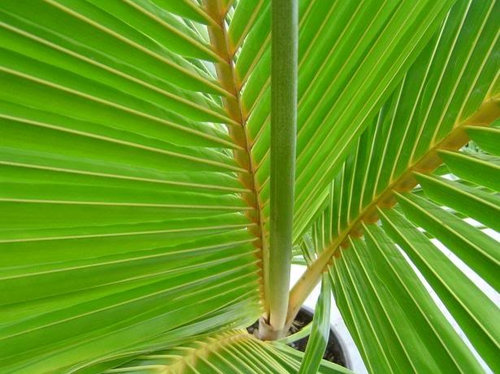
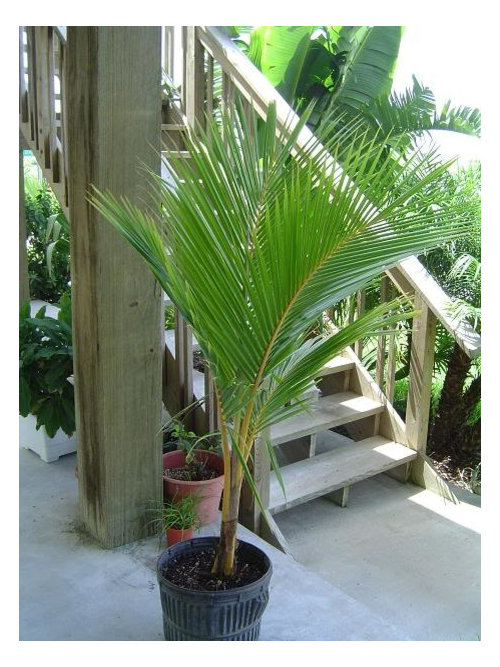
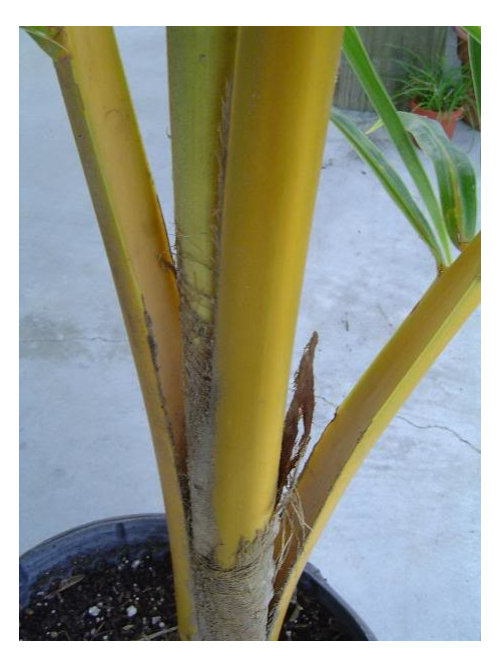

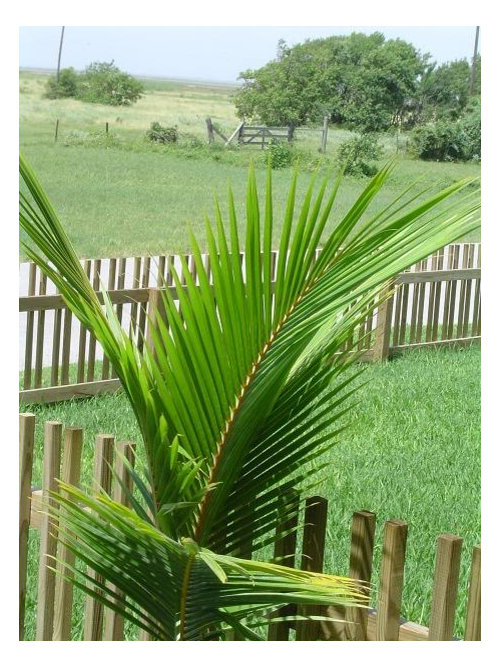

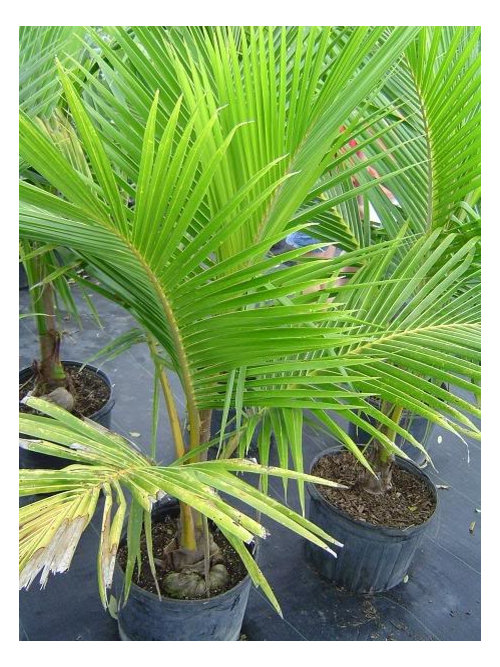
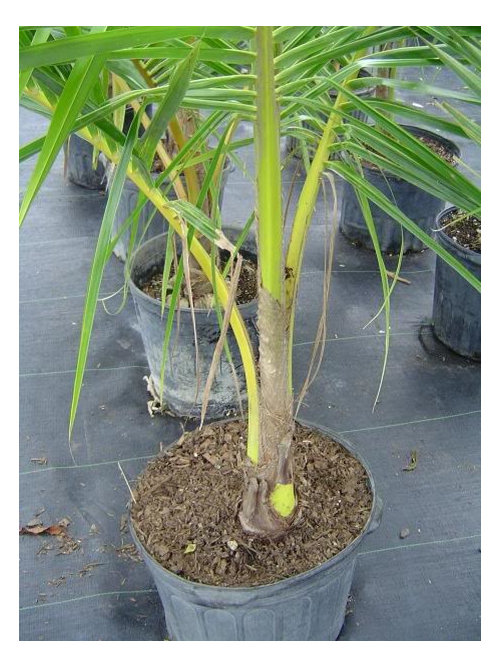
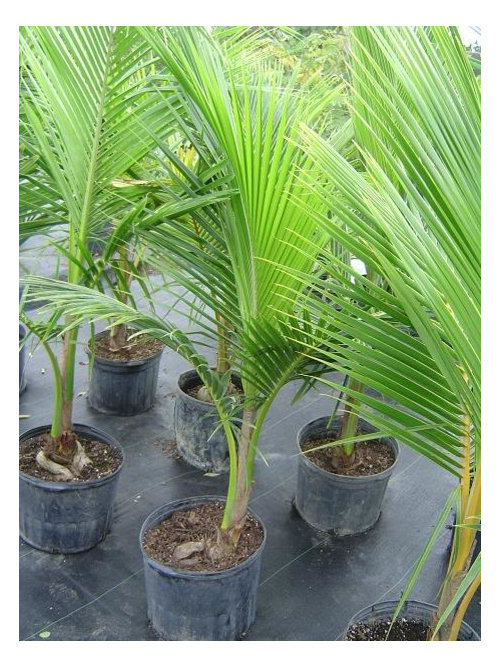
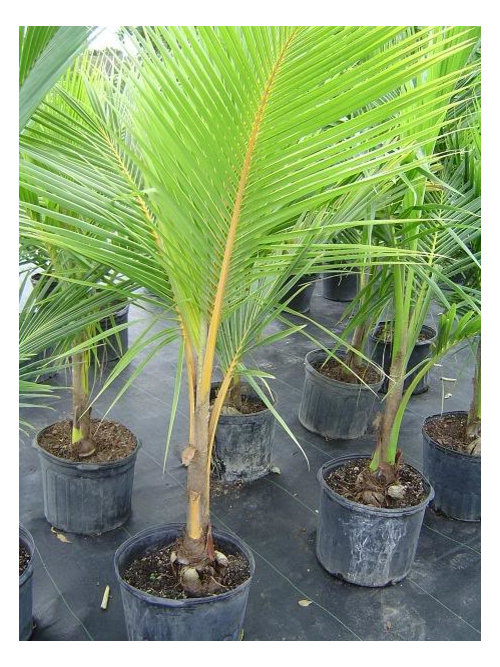


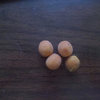
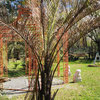
orchiddude
raymar2006
Related Professionals
Beachwood Landscape Architects & Landscape Designers · Deer Park Landscape Architects & Landscape Designers · Seabrook Landscape Architects & Landscape Designers · Pottstown Landscape Contractors · Matthews Landscape Contractors · Anderson Landscape Contractors · Belvedere Park Landscape Contractors · Hendersonville Landscape Contractors · Medford Landscape Contractors · Pomona Landscape Contractors · St. Louis Landscape Contractors · Washington Landscape Contractors · West Coon Rapids Landscape Contractors · Hesperia Window Contractors · Security-Widefield Window Contractorsgalveston1602Original Author
spockvr6
spockvr6
andyandy
spockvr6
andyandy
palmshaun
scaldude
galveston1602Original Author
galveston1602Original Author
spockvr6
galveston1602Original Author
spockvr6
andyandy
spockvr6
namnhi2
andyandy
galveston1602Original Author
alexisreal
coconut_palm
coconut_palm